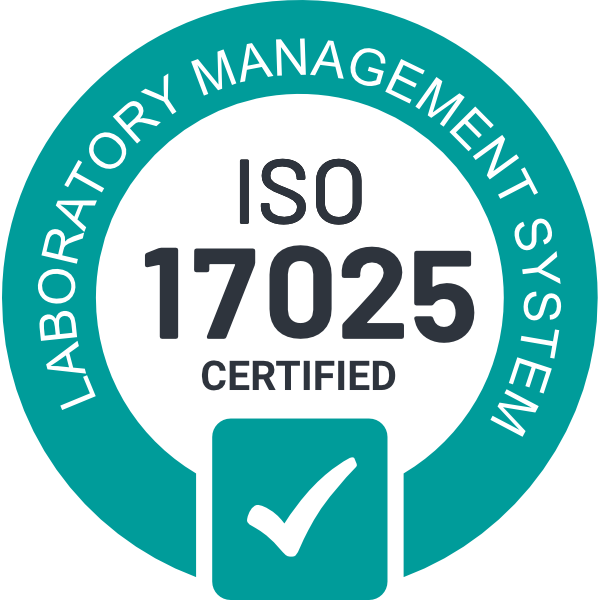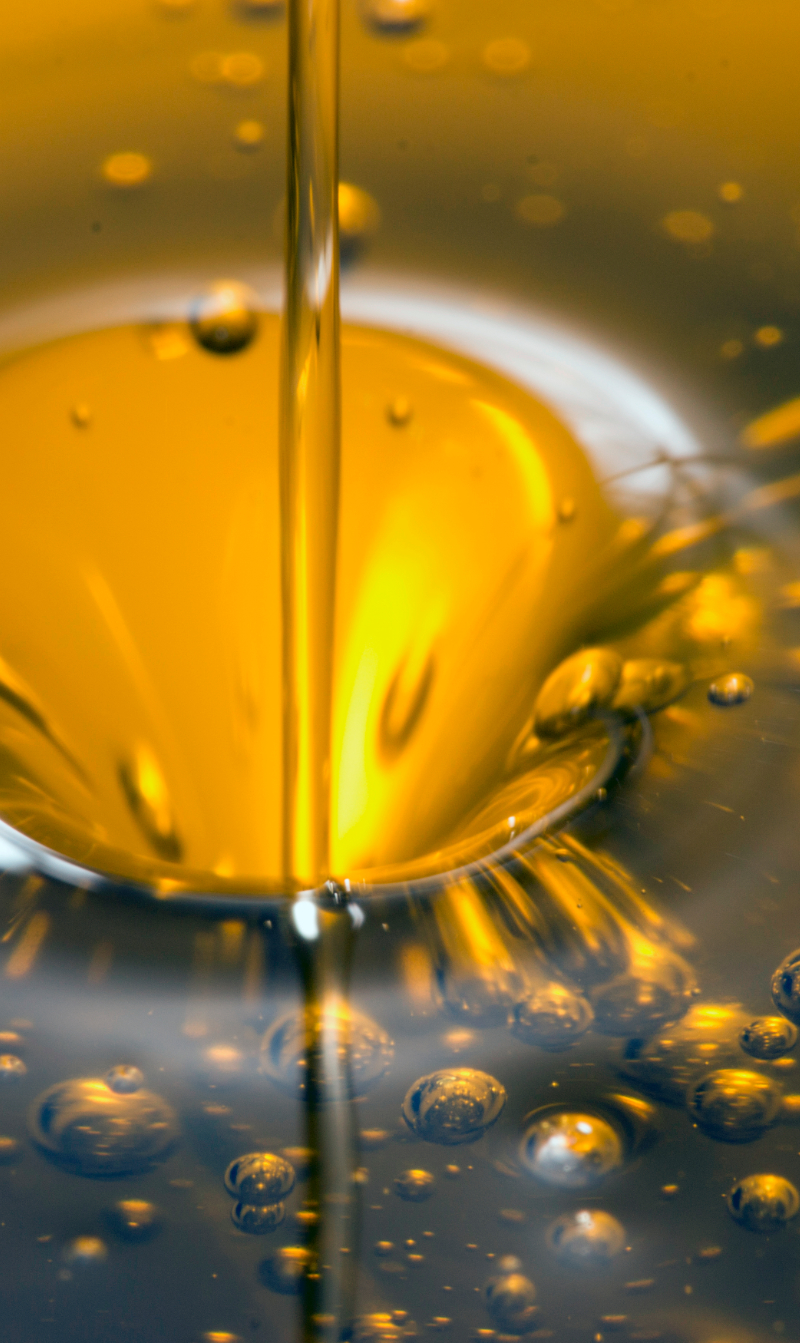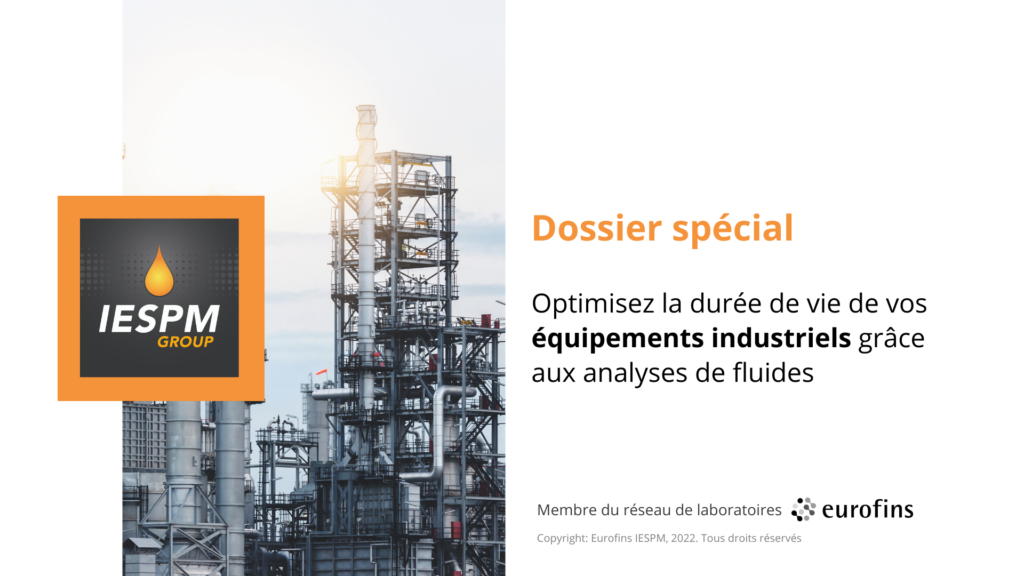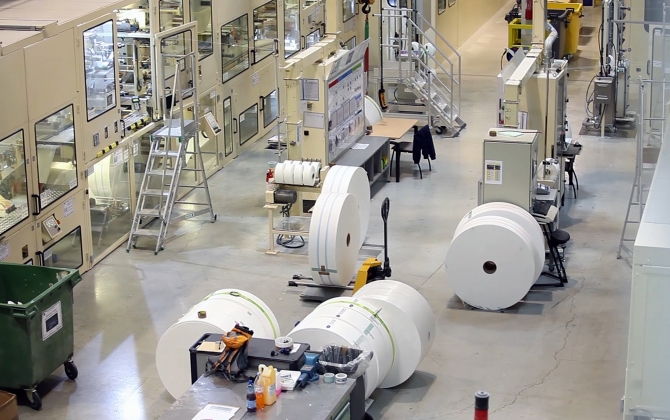Oil analysis
There are different types of industrial oils, each with its own specific functions:
- L’lubricating oilin contact with all moving mechanical parts
- L’cutting oilfor metalworking
- L’protective oilto treat and protect
Here’s an update on lubricating oil.
The choice of lubricating oil is influenced by many factors, such as :
- The load (pressure)
- The speed
- The temperature
- L’environment
- …
Oils are also divided into three categories:
- Mineral oilsare a mixture of saturated hydrocarbons produced by refining crude oil. They do not tolerate high temperatures, but remain relatively inexpensive.
- Synthetic oils on the other hand, have been created to optimize performance. Thanks to their stability, they can be exposed to extreme temperatures.
- Semi-synthetic oilscombine the advantages of mineral and synthetic oils, but are less resistant than synthetic oils.
What are we analyzing?
To ensure complete monitoring, we analyze both new and used oils.
Checking the condition of a new fluid is particularly recommended for professionals:
- From check the product’s physico-chemical characteristics in relation to the product data sheet
- From establish a reference base for interpreting in-service fluid analysis results
For a used oil analysis, in addition to the analyses listed above, we also examine possible pollution of the fluid (whether liquid or solid) as well as wear and tear on the lubricated equipment (details below).
Analyses and Checked Points
OIL CHARACTERISTICS
- Viscosity
- Adaptation: anti-wear, anti-oxidant, extreme-pressure
- Acid Index / Base Index
- Flash point
- Foaming, de-aeration, de-emulsification, …
- ICP Spectrometry
- …
POLLUTION
- Insolubles (sands, dust, metal wear particles)
- Water
- Particle size distribution of pollutants (particle counting)
- Contamination by another oil
- ICP Spectrometry
- …
WEAR
- ICP Spectrometry
- Ferrometry
- Particle Quantifier (QP)
- Scanning electron microscope analysis
- …
Our Quality Assurance



Equipment, Sampling Techniques, and Results Interpretation
Dans le cadre des programmes de maintenance réguliers, Eurofins IESPM vous fournit pour l'analyse d’huile de vos matériels :
- Un flacon (taille selon la séquence analytique définie)
- Deux étiquettes de suivi
- Une enveloppe d’envoi
Pour les cas particuliers (huile turbine, huile hydraulique), merci de visiter les pages correspondantes ou de contacter nos services.
There are several sampling methods to choose from, depending on the fluids you are sampling (oil, grease, fuel, dielectric fluid, etc.). Eurofins IESPM accompanies you through video tutorials and/or operating procedures. Visit our YouTube channel.
We also recommend that you be accompanied by our team of experts to determine the best way to proceed and to study on a case-by-case basis the methods adapted to your needs.
Once the sampling is done, you need to fill in the technical information regarding your sample. You can consult our page dedicated to tips on how to register a sample: Go to page
Before sending, remember to:
- Thoroughly clean the bottle to remove any liquid residue.
- Stick one of the two labels provided in the kit onto the bottle.
On the basis of the analysis results transmitted by our laboratory, our team of diagnosticians provides you with a detailed and reliable diagnosis of the condition of your engine oil and the wear level of your equipment.
We offer customized recommendations to support you in the condition-based maintenance of your mechanical equipment.
Example of oil diagnosis
SPECIAL REPORT
Fluid and lubricant analysis for manufacturers
Discover in our special report all the benefits of regular analytical monitoring of fluids and lubricants used in your equipment…
TUTORIEL
How to make a sample
In this tutorial, you’ll learn how to take an oil sample using a vampire pump on fixed equipment, according to the method recommended by Eurofins IESPM.



